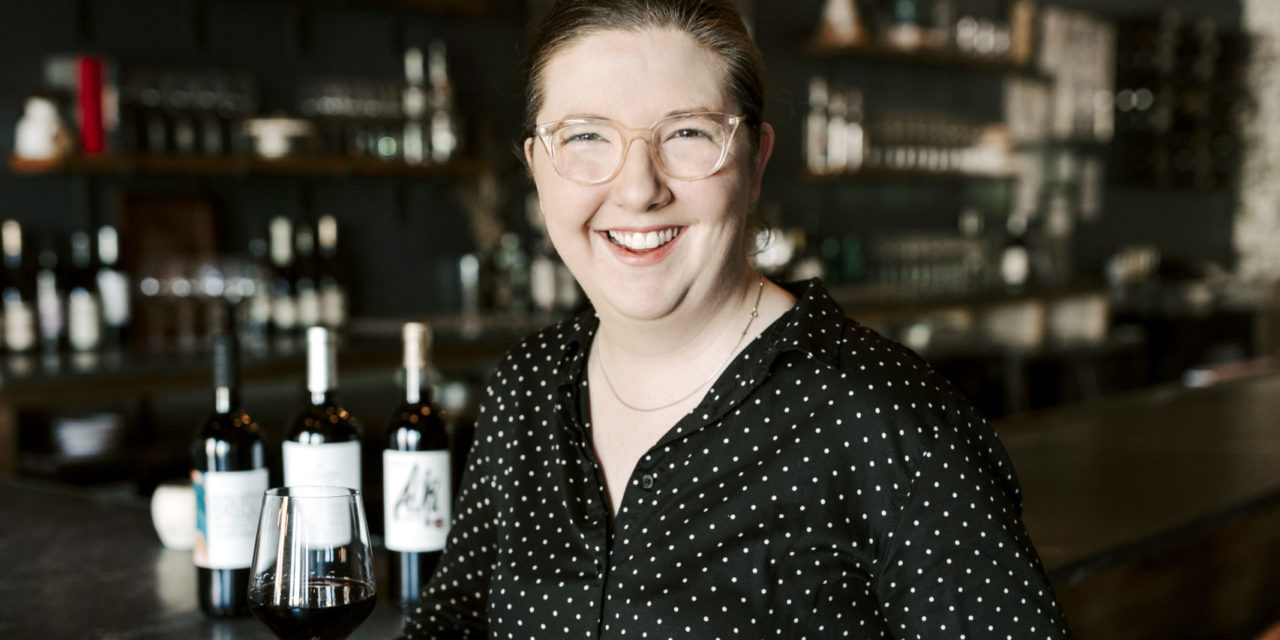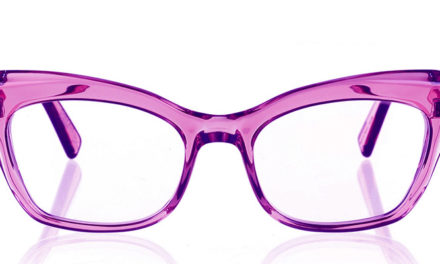A conversation with Knifebird Wine Bar owner Kate Ashby over a glass (or two) about why she thinks people want to know what’s in their wine.
As a culture, we are growing more conscious of what we are putting into (and on) our bodies. Health-oriented individuals are asking questions about what exactly is in the food, cosmetics, and cleaning products—in addition to seeking out transparency in sourcing and the methods used to produce them. Organic, vegan, sustainably or responsibly produced, animal free, and non-GMO are at the forefront of consumers’ minds.
If we’re committing to eating organic whenever possible and ditching cosmetic products for cleaner brands, then why would we kick back with a glass of mass-produced vino? It’s just grapes and yeast, right?
Not quite. The reality is that the wine we pull off the shelf time after time for its consistent taste has been engineered through the use of a wide range of additives to create the exact taste and even color we expect. The color and sweetness we love in a red could be the result of anything from sulfur dioxide to egg white to Mega Purple (just google it).
Kate Ashby, owner and proprietor of the wine bar Knifebird, says that there are entire trade shows dedicated to wine additives. Tinkering with wine to make its flavor or consistency more appealing isn’t new. The Romans are purported to have added lead to their wine, and the practice of adding sulfur to make wines stay fresh longer began in the medieval period.
As Kate points out, now it’s an issue of transparency. There are very few restrictions on what goes into wines, especially American wines. Wine isn’t covered by the Food and Drug Administration, and winemakers aren’t required to disclose exactly what is in each bottle. There are 60 chemical material additives that are allowed by the Alcohol and Tobacco Tax and Trade Bureau; all that winemakers have to reveal is the alcohol content and if the wine has sulfites or certain food coloring additives.
As consumers are becoming more aware, Kate says, “It seems wasteful not to ask questions about the wine.”
To select what wines she pours at Knifebird, Kate has to do her own research to find producers that want to be transparent. Labels and certifications such as “organic,” “natural,” “biodynamic,” and “sustainable” only add to the confusion. However, Kate says, “As wine gets nerdier, this [transparency] becomes possible. We work with winemakers that align on our values.”
Kate sees the growing trend in natural wines because of the underlying idea that people want to know what’s in their wine. And while she does “natural” wines from time to time, the emphasis is on makers that are trying to be really transparent and at the same time are producing infinitely quaffable wines.
Mass-produced name brands don’t have a place at Knifebird, which is what many patrons love about it. However, that doesn’t mean the wines on its menu are stuffy, cloudy, or even funky. They are interesting and have a story to tell—probably because Kate has met the farmer or the winemaker and/or knows their wine-making process.
Kate’s commitment to taste and quality lets us try and explore types of wine we may have never heard of like the Chenin Blanc from Dashe Cellars or the Cianorôs. With unregulated wine production, we need an advocate like Kate who can understand our values and can wine from producers that do the same.
Having done the research, Kate has Brough phenomenal options to Memphis. Habitual label-readers and extra mindful consumers can rest easy knowing that Knifebird has done the leg work for us.
By Laura Gray McCann
Photo by JoLaura Bell







